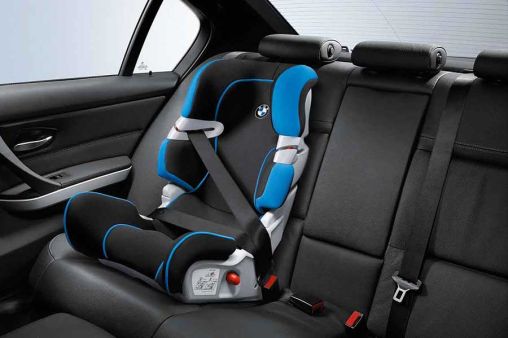Child Seat Safety – Buying And Installing Children’s Car Seats
Posted by admin at 21 May 2015, at 15 : 33 PM

Installing a child’s car seat for child seat safety is not an easy operation nor a matter of just following the product’s instructions. More than three quarters of all seats are installed improperly, and it is important that they be installed correctly to avoid safety problems. Every state requires that children up to the age of four have a car seat, and booster seats for the older ones. Ones that you purchase today have to meet the standards of the U.S. Government, while this is not necessarily true of older or send hand ones.
If you do purchase a used car seat, there are certain rules you should follow. First make sure it has all instructions and accompanying hardware; is not more than ten years old and has not been in a collision. Make sure the harnesses are not worn. It is also a good idea to ask your pediatrician for a recommendation as to what to buy. Don’t rush the purchase though as you want the very best for your baby. Take your time and consider the advantages and disadvantages of each seat. Believe it or not, car seats also have an expiration date because of expected wear, so check that too.
Keep in mind that a rear-facing seat is the best protection for your child, and the longer you can keep him or her in that position, the safer he or she will be. Although you have heard that age 12 months and 20 pounds is when you can forget the rear-facing, this is only a maximum guideline. Place the seat in the middle of the rear seat, never in the front seat due to air bag dangers. If the baby tends to lean forward, you can prop the seat with a towel or other suitable wedge. When he or she outgrows it, still keep it in the center of the back seat but facing forward.
A five harness type with adjustable harnesses is the best for infant car seats as there are two shoulder straps, a crotch strap, and two for the upper legs. These are much preferred over the three-harness kind. The shoulder harnesses should be on or below the shoulders when rear facing but on or above the shoulders when facing forward. Be sure to study the instructions from the car manufacturer as well as car seat manufacturer as to installation. The seat belt goes through only particular slots, and should be tight. Take care to see that there is no slack, and that it is locked securely. Installing the seat too loosely is a common mistake, so double check that the seat will not move forward or to either side.
You should know also which slots to put the harnesses through and carefully buckle in the child. If you have an older car, the seat belt may not lock properly unless there is a collision. If this is the case, you will have to get a locking clip to secure the belt. The seat should also fit securely against the car’s seat at the base and against the back of the car’s seat.
Booster seats are used for children 3 and up and weight 40 pounds. They are larger than a convertible seat which is appropriate for both infant and toddler. Booster seats have a three or five point internal harness. Whatever the age of your child, and whatever seat you chose, check the seat first before you put your child into it and afterwards too. The seat should be located firmly into the vehicle, and your child located firmly into the seat.
